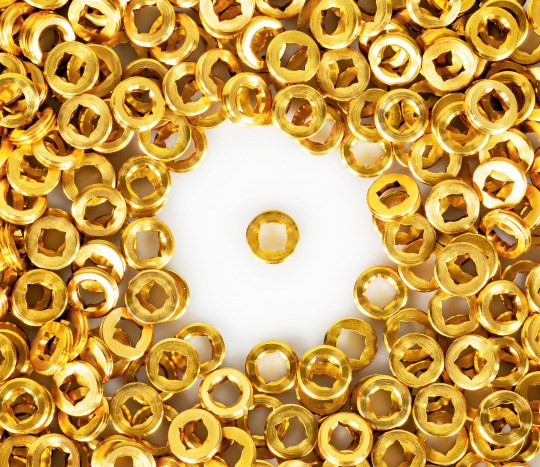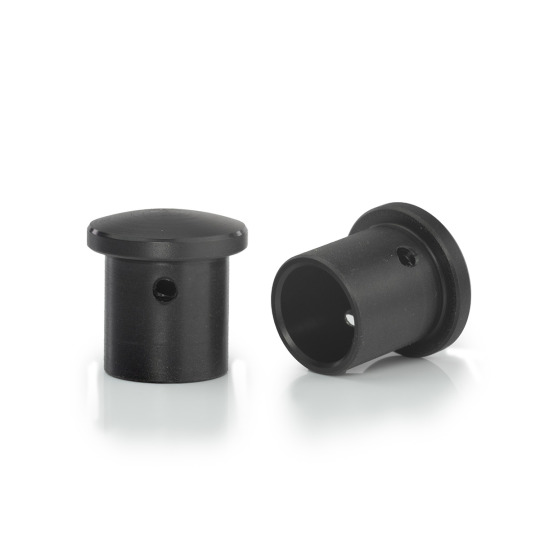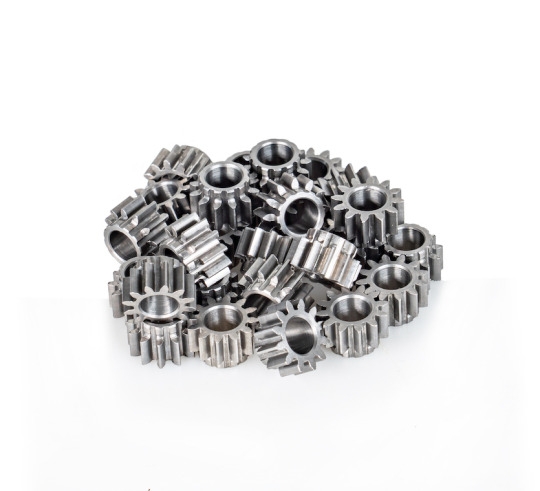Don't wanna be here? Send us removal request.
Text

👌 We are involved in manufacturing turned parts for many different industries ⚙️🔩 Learn More
0 notes
Text
Stainless Steel Machined Parts

Usually we all think of stainless steel as being utilised for items such as home furnishings or cutlery and earlier in the early 90's beer cans!! Well, did you actually know?? Stainless steel plays a key part as a material within the precision machining industry even more so in today's CNC machinery based processes. Whether you travel on an aeroplane or a cruise-liner you can guarantee that many of the working or exposed components have been machined from a grade of stainless steel.
CAD-CAM software further enables the capability to manufacture stainless steel components to the highest specification.
Today's common methods of machining stainless steel components can be one of many including turning, milling, drilling and boring using state-of-the-art CNC Machinery. In the aerospace industry close tolerance, complex parts are required and are produced using 5-Axis milling machines along with Multi-Axis CNC mill/turning machines. CAD-CAM software further enables the capability to manufacture stainless steel components to the highest specification.
Why Stainless Steel??
Well, this material combines a number of excellent properties. Firstly, stainless steel has great corrosion resistance making it appealing for applications that are exposed to bad weather and moisture. Secondly, It offers greater strength than materials such as mild steel and aluminium and can be further enhanced with heatreatment processes. As you guessed it, it makes for a great choice for aerospace components.
Thanks for taking the time to read this article and we hope it has given you some valuable insight into stainless steel machined parts.
Thank you!!
0 notes
Text
What are Brass Turned Parts??

Brass is a non-ferrous material that is used to manufacture a range of precision turned parts for various industries across the globe. This material is extremely appealing to engineers as it machines with ease and is ideal for the production of high-volume components due to its low tool wear properties. Many different grades are produced for applications including home & leisure, gas industry and marine. Some of these include CW614N, CW602N & CW606N amongst many others.
Turned components are machined from brass on both conventional and CNC machinery in both low to high volume. Machining operations such as turning, boring and drilling are common practice along with tapping. Newer machines allow brass components to be milled due to the addition of having live-tooling. This capability allows for the production of complex shaped components that are aesthetically appealing to consumers. By this, i mean for decorative components such as door knobs etc.
I hope this post gives you a clear insight into brass component production and the types of parts that can be manufactured using precision engineering methods.
Thanks for reading!!
0 notes
Text
Importance of Plastics in Precision Engineering.....

Engineering plastics play a massive part in today's society. Many commonly purchased goods contain precision components that have been manufactured from plastic. Take a washing machine for instance.... Most of the water fittings are manufactured from temperature resistant plastic. These components have more than likely been produced by method of CNC machining. Both Europe and the far-east have an abundance of skilled CNC machining companies focused on machining plastic grades. Experience in machining plastics is growing world wide due to the demand for cheaper to manufacture components as opposed to costly metal parts.
Over the last 10 - 20 years many new grades of engineering plastics have been developed featuring additives to improve machinability. In general the harder the plastic, the easier it is to get the swarf to chip. It is common for glass to be added to nylon in order to improve both strength and machinability. One of the most common grades used in machined components is acetal as it has good all round properties. WRAS approved plastics are used for producing machined parts that may come in contact with drinking water.
Moving forward, it will be interesting to see the development of biodegradable plastics for precision engineered products. This will eliminate the concern for the environment where plastics are concerned. Only time will tell!!
Thanks for reading!!
0 notes
Text
Steel Turned Components.....

When we talk about steel and it's uses we undoubtedly end up looking at it's application in machined goods. This can range from automotive applications to construction and white goods. The uses for steel is globally mind-blowing and continues to grow as economies develop.
In the CNC Machining industry, steel is the most commonly machined material and comes in many different grades with varying applications. Some of the most common are 230M07PB (free machining grade), 605M36T (high-tensile grade) and 070M20 (case hardening grade).
Turned and machined parts are produced on both conventional and CNC lathes from 3 metre length bars. In the precision engineering industry the bars are generally produced by method of cold drawing through a specially manufactured die allowing the desired size to be attained.
Complex components can be manufactured with the addition of live-tooling on modern CNC lathes. The live-tooling allows for operations such as milling, gear cutting and cross-drilling/tapping.
Thank you for reading!!
1 note
·
View note